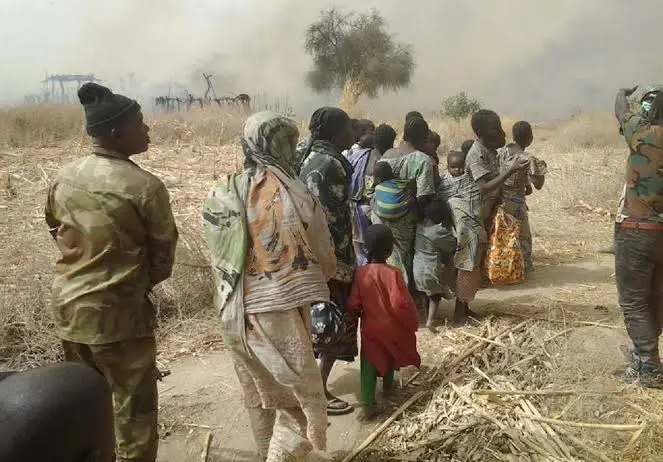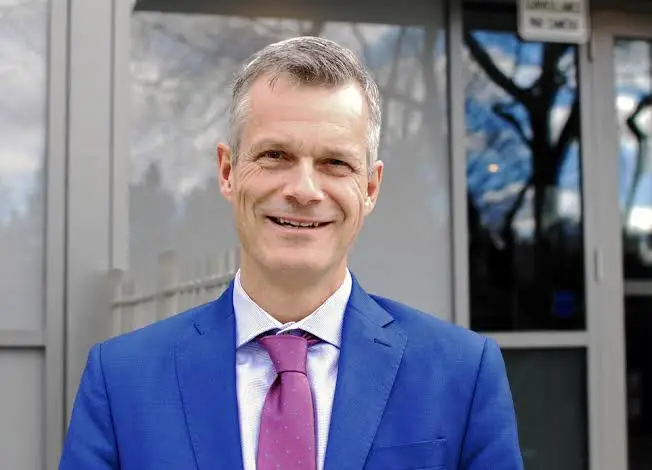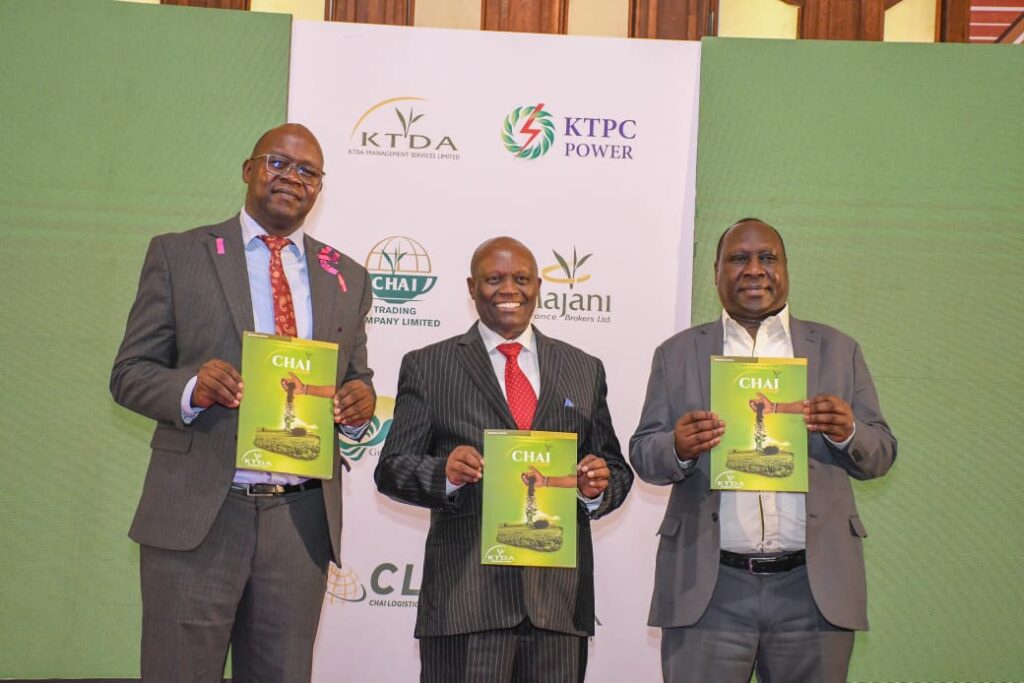“I want us here to make a testament with Kenyans. If there is any leader here at whatever level, be you a governor, be you an MCA, whatever it is, who has looted this country, you know you stand a chance of being condemned”, this powerful and timely statement by firebrand clergyman, Rt Rev Prof. David Kodia, charged the crowd that had gathered at Nyayo Stadium, to pay the last respect to the late Rt Hon. Raila Amolo Odinga.
Mourning Odinga
With the stadium packed with mourners and lovers of the late’s ideologies, thunderous cheers and jubilations were evident at Kodia’s looting sentiment, a sign that the vice was indeed burgeoning. Praising the late’s stature, Kodia urged leaders to emulate and tread through the painstakingly paved paths of justice that Raila left behind.
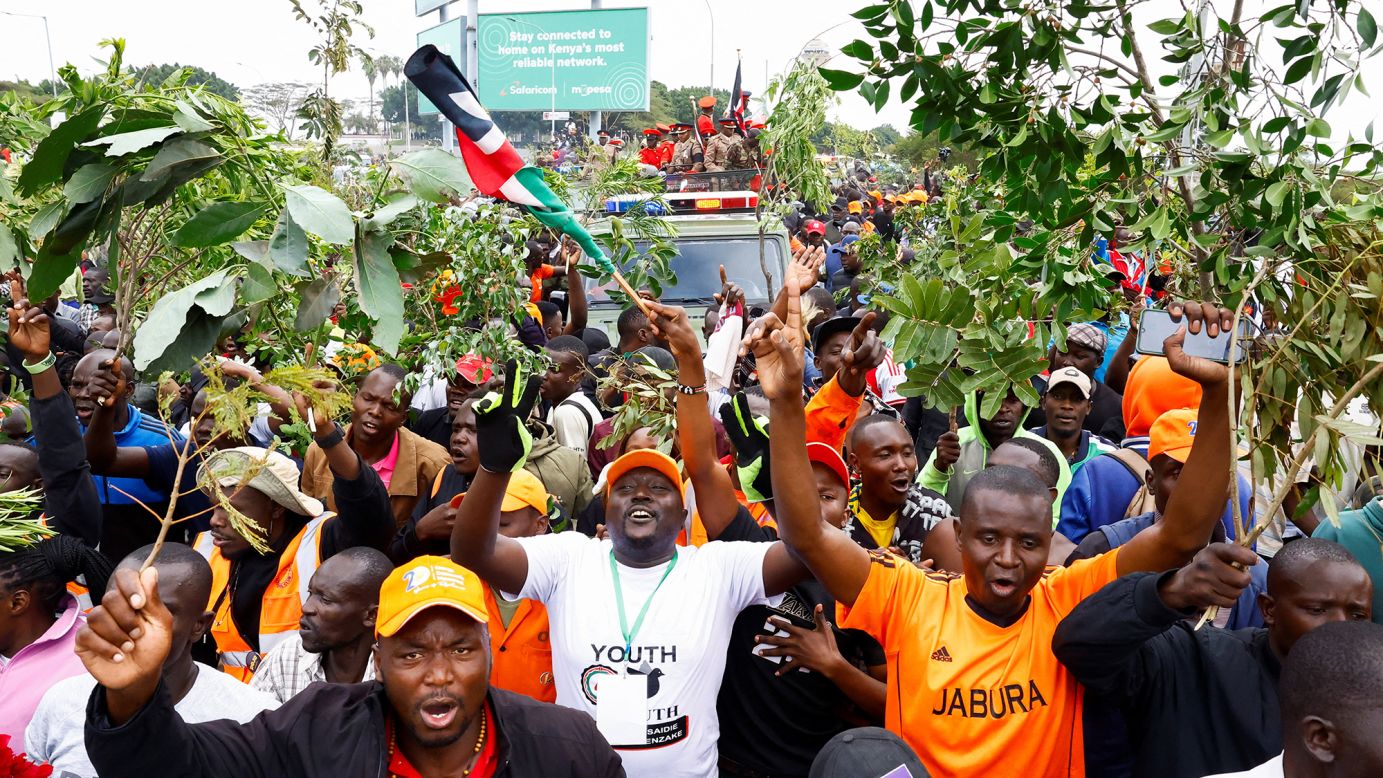
Celebrated as the father of democracy, Raila advocated for a corruption-free and meritocratic system. Man of the cloth, Rev. Kodia, could not leave the podium without echoing Raila’s dream of zero tolerance for misuse of public resources.
At his slightest opportunity granted to offer a prayer to the late’s body, the servant of God urged leaders to shun bad governance and corruption.
Raila’s body’s landing at the JKIA from India attracted the masses. The set-out protocols could not be adhered to. The originally organized state funeral turned out to be a people’s funeral.
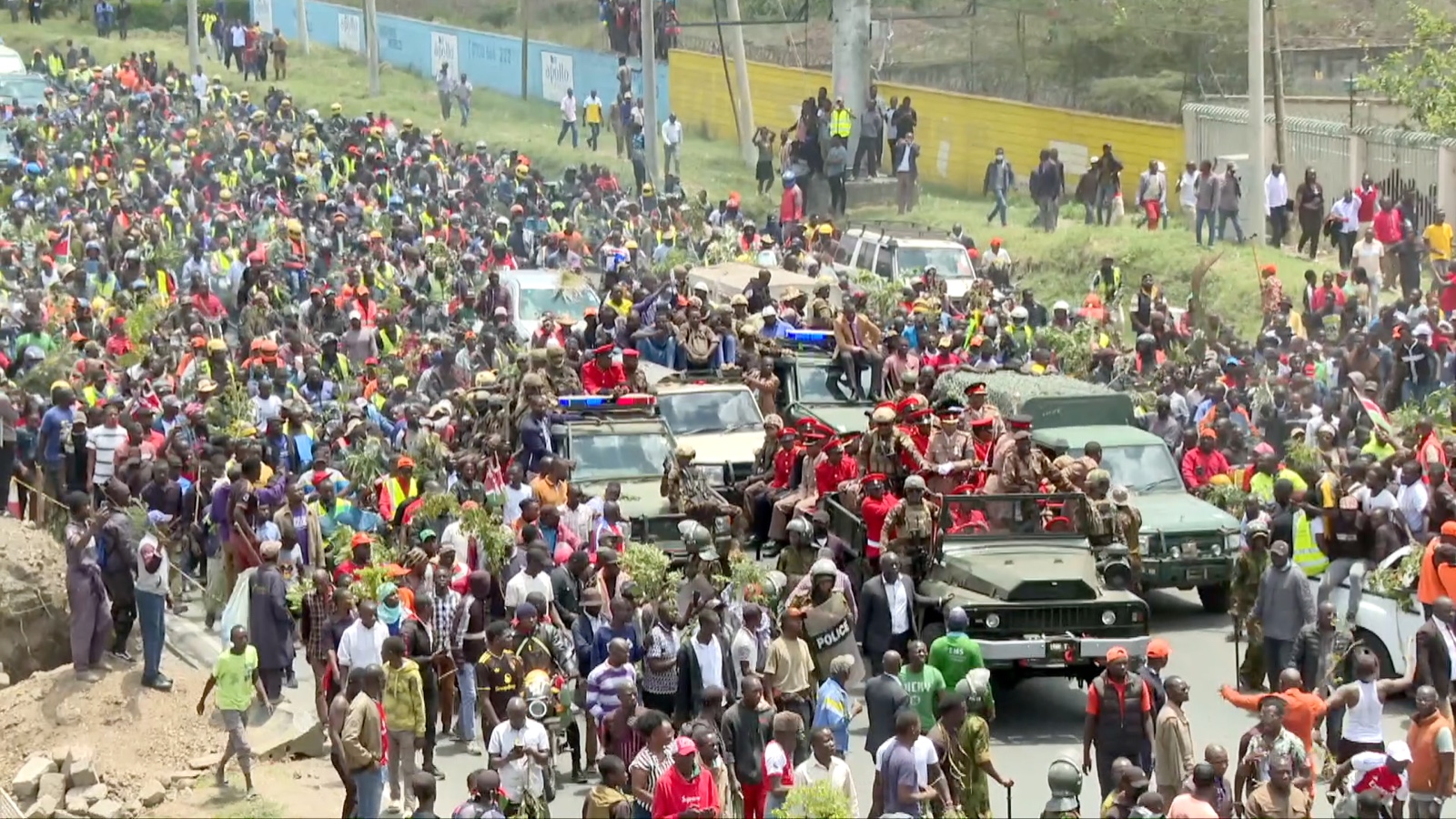
Mammoth of supporters walked side by side with the automobile on which the casket was placed to cover a 19 km journey from JKIA to Kasarani Stadium.
Clouds engulfed with grief, tears rolling from the eyes of both the young and the old, dignitaries and civilians, it was now evident that the icon had indeed slept.
Raila’s Nicknames
The enigma, Agwambo (Luo translation for act of God), Tinga (Luo translation for a Tractor), Nyundo, Hammer, Chuny Piny (Luo translation for Heart of the World), Baba (Swahili and Luo translation for Father, Jowi (Luo translation for Buffalo), Rao, Baba the fifth, the Right Hon. Raila Amolo Odinga, attracted nicknames across Kenya, thanks to his charisma and pro-people ideologies.
Like a father cares for the family, “Baba” cared for Kenya and Africa at large.
Though adored and idolized from his Luo backyard more than any other region, his speeches were often delivered in a soothing and unifying manner, accommodating even the fiercest of all the critics.
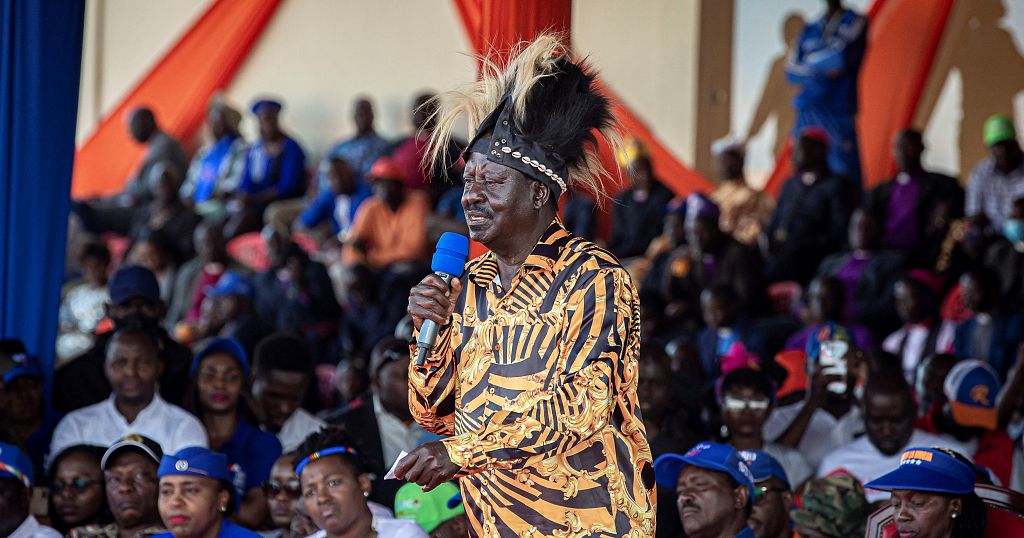
Raila’s dream of a united community was evident in his speeches that constantly advocated for an end to a political rivalry that has long existed between the tribe he hailed from, the Luo community, and the Kikuyu tribe. The dream of a united Kenya and Africa preoccupied his lifestyle.
Odinga the liberator
He always stood tall beyond personal interests for the realization of a stable nation, and this saw him work closely with subsequent governments in Kenya.
With the massive following he commanded, just a word from him had the potential of destroying a nation, but he never took that route of instability.
In his protests as a firebrand opposition leader, he drew the line between a democratic quest and unwarranted destruction.
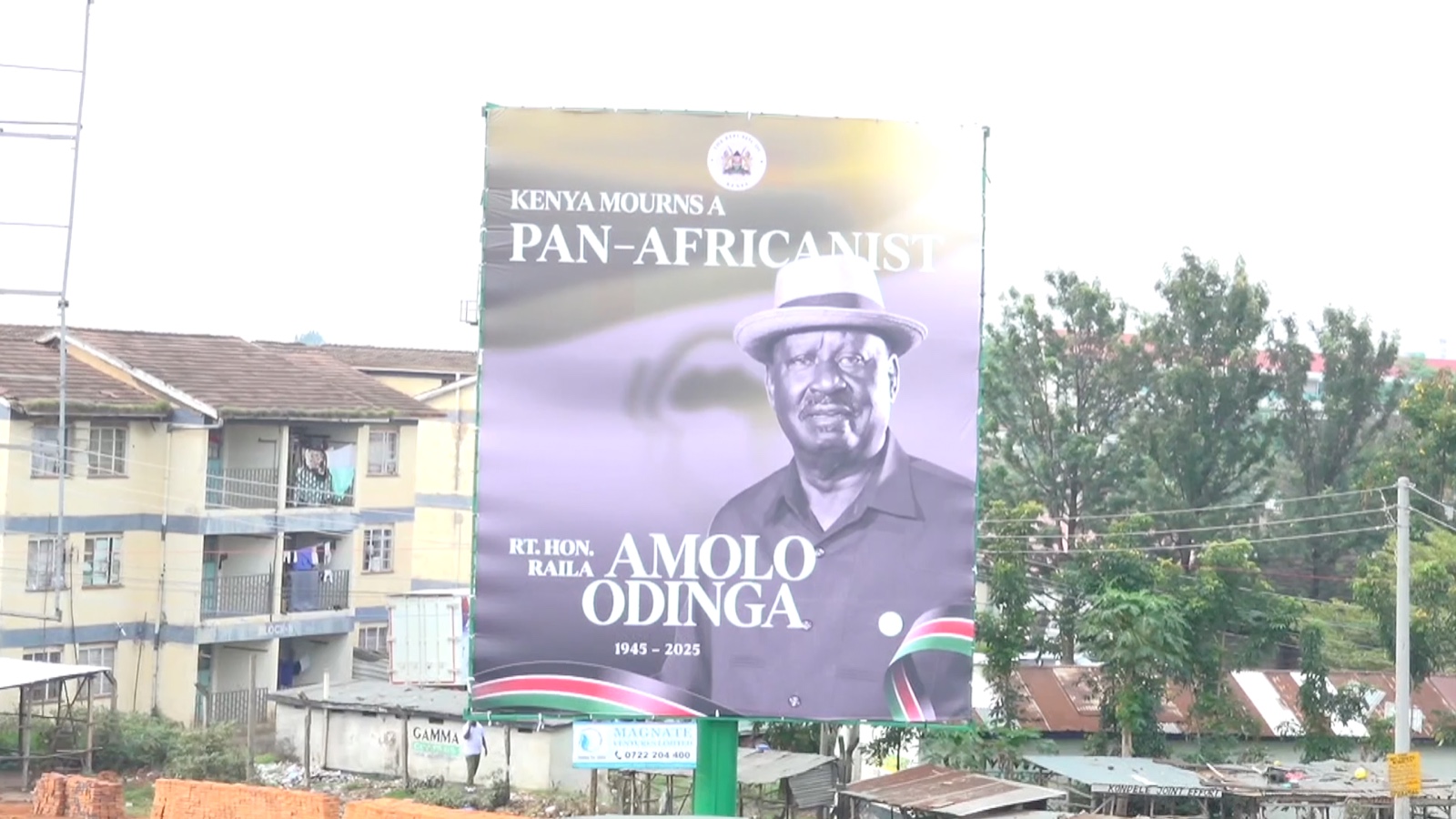
He repeatedly opted for an amicable approach to seeking the needs of the citizenry in the face of uncontained destruction and at the brink of animosity.
Odinga, the architect of the second liberation, played a pivotal role in the repeal of Section 2A of the constitution in 1991. It is here that Kenya reverted to a multi-party democracy.
His intense fight against what is said to be the authoritarian leadership of President Daniel Arap Moi began in the early 1980s. His activism landed him in detention without trial over the 1982 attempted coup.
At 80, Raila departed this life with enormous and impactful achievements for his country, Kenya, and the African continent. He is celebrated as a gallant African icon and a Pan-Africanist.
As the founding father of multi-party democracy in Kenya, he continually fought what he believed to be a flawed electoral system, which is said to have denied him an opportunity of becoming president despite his five attempts.
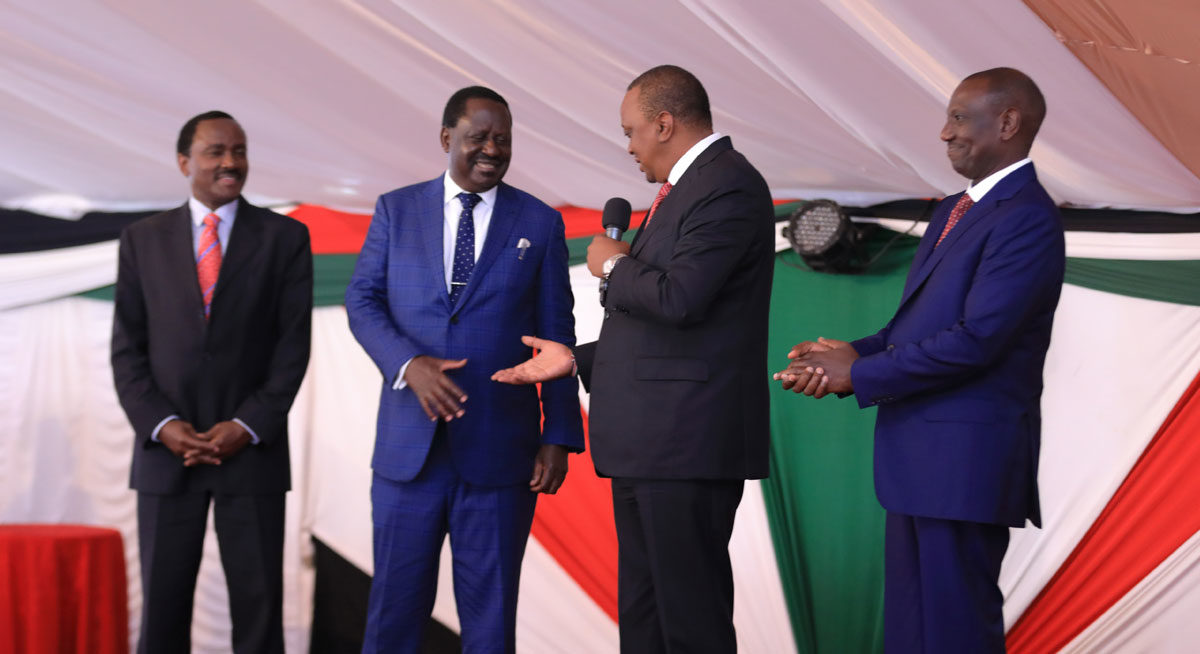
Odinga’s contributions to the 2010 Constitution
The 2010 constitution is considered one of the greatest legacies of Raila. Odinga campaigned passionately against Kibaki to achieve the constitution, which attempted to devolve power and bring services closer to the people.
The constitution equally spelt out rights and freedoms of the citizenry, which he believed were critical to nation-building.
In the constitutional reforms, he was relentless in pushing for people-centered changes.
His agitation led to the Bomas draft constitution of 2004, which sought to introduce devolution, equitable representation, and checks on executive power.
However, the fallout between the late Odinga and Kibaki resulted in the 2005 constitutional referendum.
The draft was rejected, and the rift widened further between the two leaders. Being a politically adamant leader, his dreams of a new constitution bore fruit in 2010 after its promulgation.
It is at this stage that county governments were created. The 2010 constitution emerged following the 2007-2008 Post-election violence after Ghana’s late Kofi Annan spearheaded a peace deal between the duo.
What ensued after the disputed 2007 elections was violence. Lives were lost, and properties worth millions were destroyed.
To stop further mayhem, Odinga joined the Grand Coalition government and worked alongside Kibaki to regain stability and build the nation.
In March 2018, Raila yet again shook hands with President Uhuru Kenyatta after he lost the contentious 2017 elections.
In 2025, Raila joined the incumbent head of state, President William Ruto, in stabilizing the country following the widespread Gen Z protests in 2024.
Above are political acts of reconciliation that show how Raila prioritized the interests of the nation over personal needs.
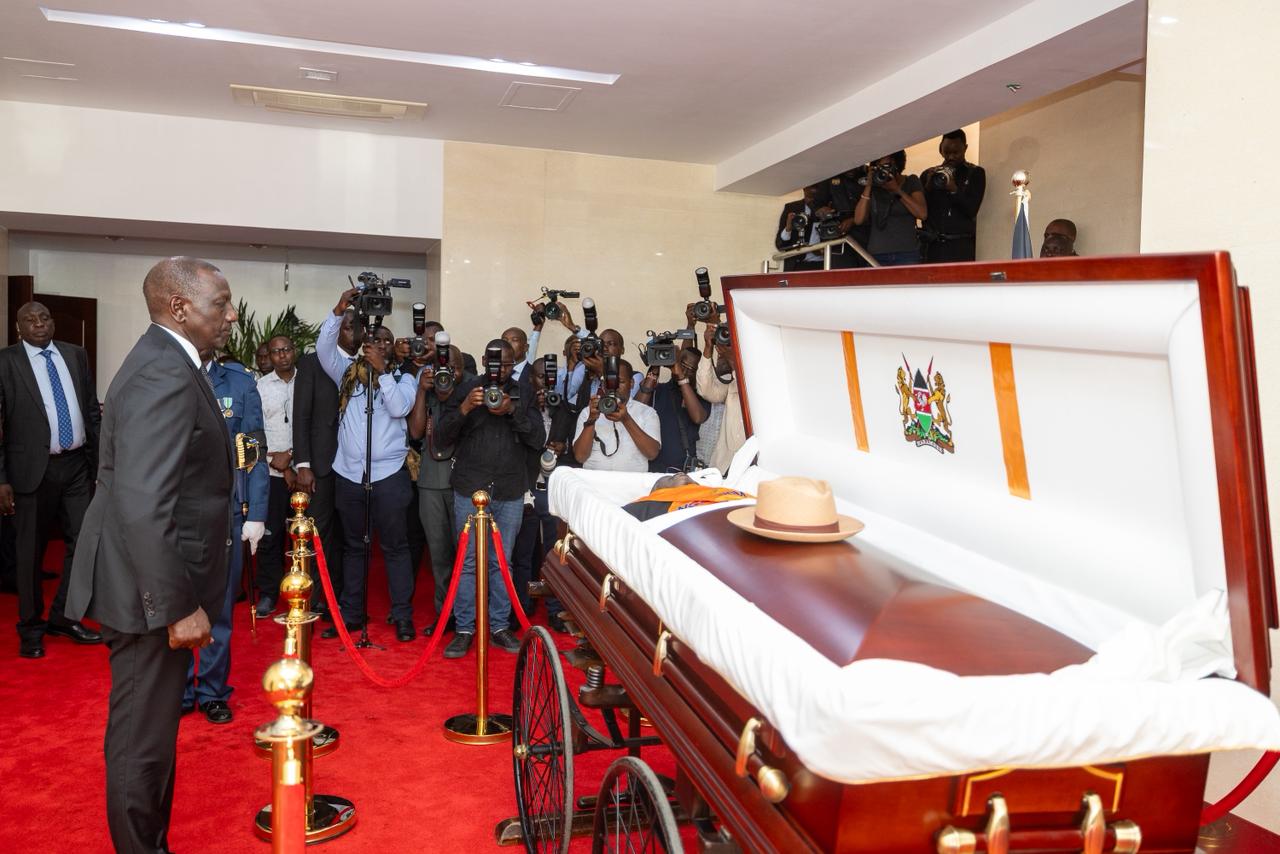
At his funeral, Mama Ida Odinga, the late Odinga’s wife, applauded President William Ruto and Uhuru Kenyatta for the great friendship they had with the late.
“Thank you, President William Ruto and Former President Uhuru Kenyatta, for your support and for being here for Raila”, said Ida.
“Raila was not just a friend but also a brother”, said the former President Uhuru Kenyatta at Nyayo Stadium on 17/10/2025.
Infrastructural Developments
Raila was a visionary leader in infrastructural development. From 2003 – 2005, Odinga held the ministry for roads, public works, and housing in Kenya.
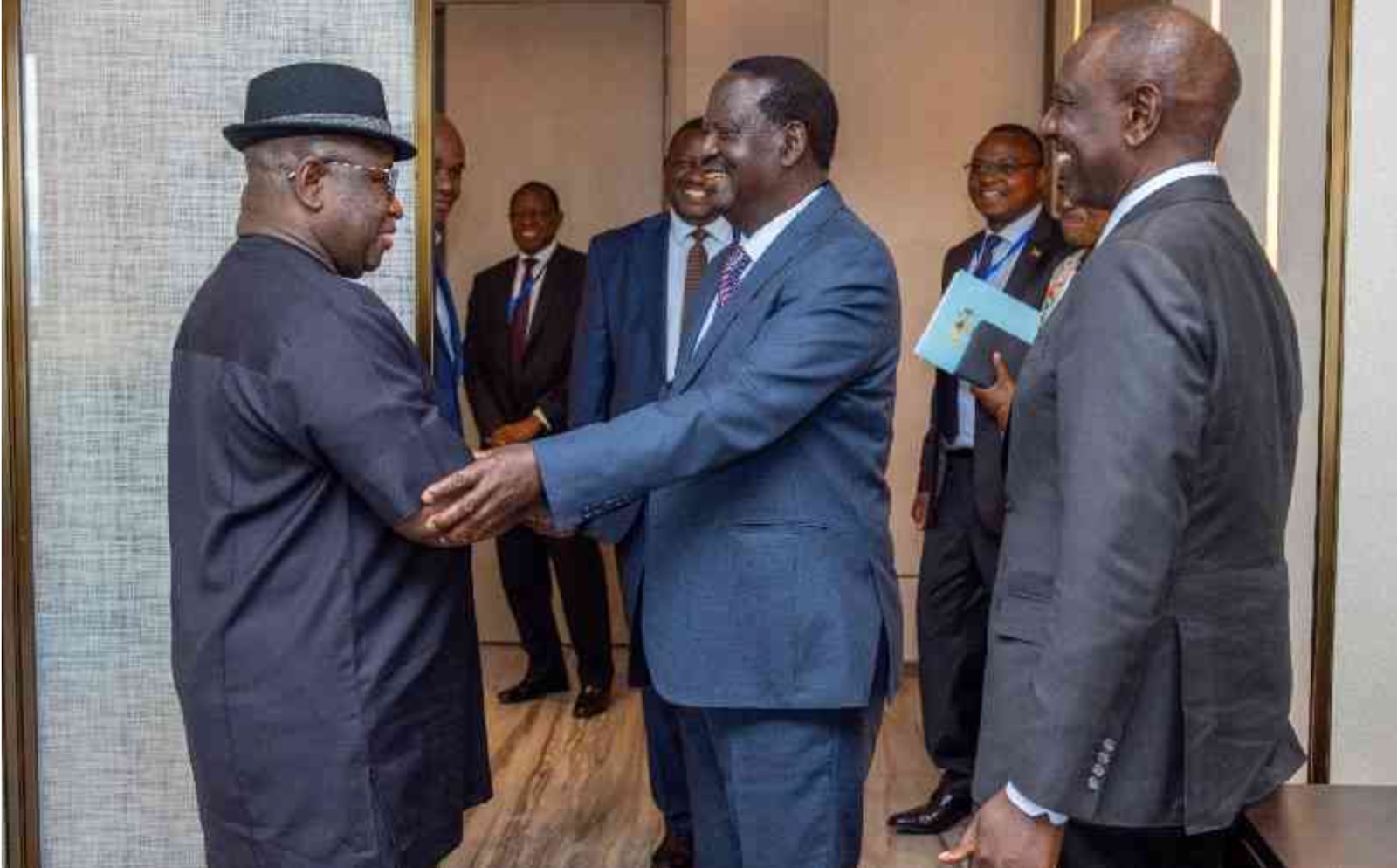
He pushed for the expansion and rehabilitation of key highways, including the Nairobi–Mombasa, Nairobi–Nakuru–Eldoret, and Kisumu–Busia roads.
The late was also at the frontline for notable infrastructure projects such as the Lamu Port–South Sudan–Ethiopia Transport Project and the LAPSSET Corridor. To eulogize him, the late’s wife commended his development-oriented thinking.
“Politics did not deter him from practicing his engineering career. He founded East Africa Spectre, and I want to plead with those working there to make it a big industry as Raila intended”, said Ida Odinga.
In his capacity as the AU High Representative for Infrastructure Development in Africa, he delivered a powerful speech at the Expo-2020, spotlighting African Infrastructure Development.
Odinga’s continental dream
“Africa’s industrialization has also been significantly diminished. Africa’s road network deficit is estimated at a minimum of 60,000 Km by 2040. Africa’s rail network deficit is at about 30,000 Km by 2040”, highlighted Raila as he emphasized the need for airports and ports to be developed in a large number of countries and regions.
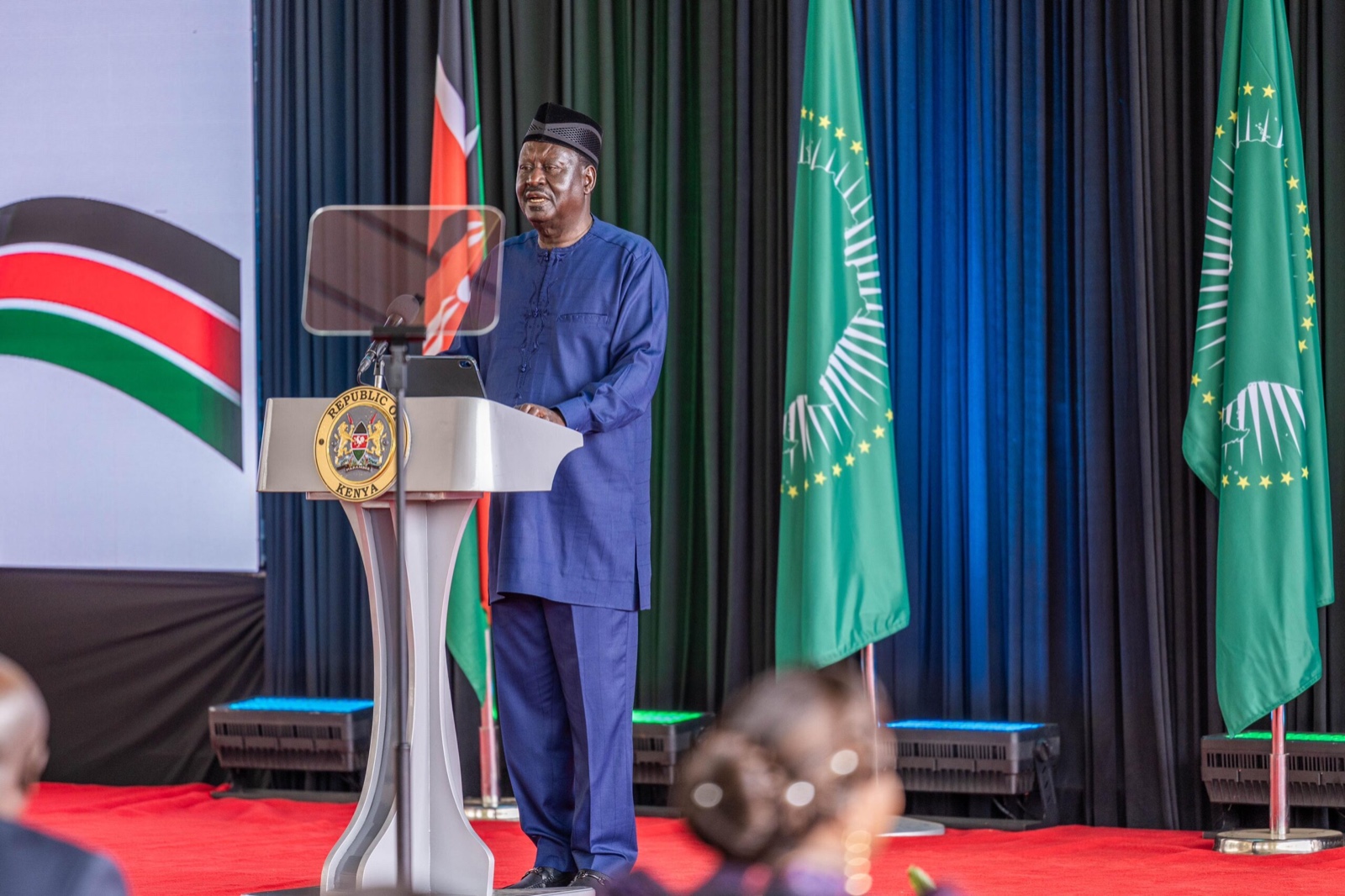
As a Pan-Africanist, he always hoped for a developed Africa devoid of murky politics and stifled socio-economic growth. He advocated for continental growth.
“Africa’s current total installed capacity of 145 GW is only a fraction of the 700 GW which is the target by 2040”, said Raila at the 2020 expo.
With the mega hydroelectric projects like the Grand Ethiopian Renaissance Dam being launched and the proposed construction of DRC’s Grand Inga Dam, the late’s dream of 700GW is towards realization.
Odinga was also constantly vocal on the need for the African continent to work as one.
“Each country must play its role for meaningful regional integration and trade to be realized”, reiterated the late Odinga.
His concerns that the Lamu Port, South Sudan, Ethiopia Transport Corridor (LAPSSET), was an example of a regional project whose implementation stagnated due to the lack of national ownership.
Still on his ambition of continental leadership and having been Kenya’s Prime Minister between 2008 and 2013.
He went for the AUC chairmanship in 2025 to further Kenya’s standing on the continent. He lost the seat to Djibouti’s Mahamoud Ali Youssouf.
Odinga’s continental and national contributions will remain engraved in history.

